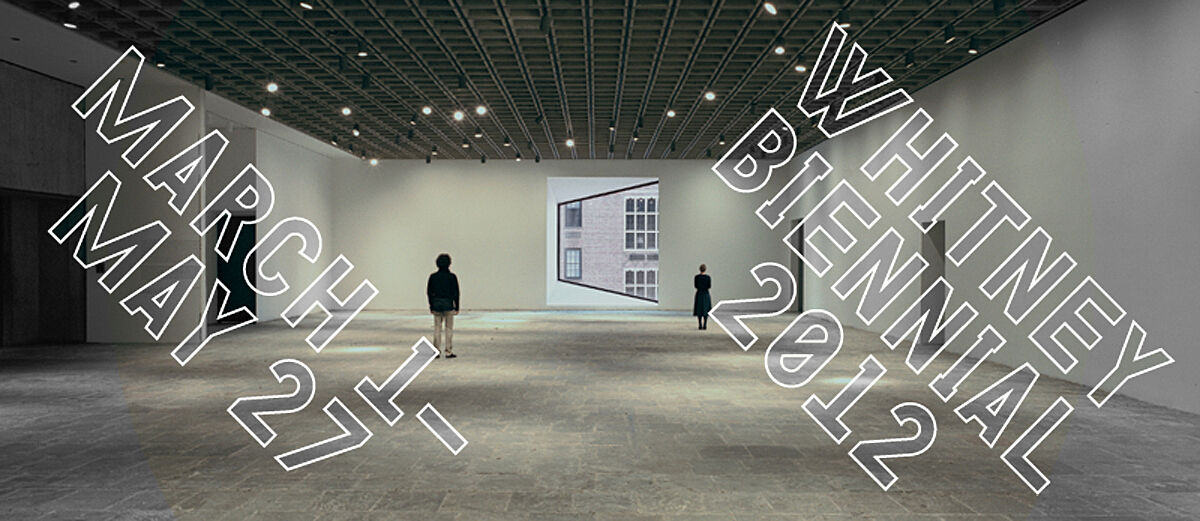Gisèle Vienne with Dennis Cooper, Stephen O’Malley, and Peter Rehberg
Feb 24, 2012
0:00
Gisèle Vienne with Dennis Cooper, Stephen O’Malley, and Peter Rehberg
0:00
Gisèle Vienne: I'm Gisèle Vienne.
Dennis Cooper: I'm Dennis Cooper.
Stephen O'Malley: I'm Stephen O'Malley.
Narrator: The artists discuss their installation, Last Spring: A Prequel.
Dennis Cooper: This robot, this mannequin, is speaking to the people in the audience of the piece, and saying, basically, "I know I look like a mannequin, but I am real. I swear I am real, and I swear I don't know how this happened. I don't know why I look like this. I don't know how this is possible, that you're seeing what you're seeing, but I am a real boy and I am really trapped somewhere, and you must, must, must come rescue me."
Narrator: Cooper wrote the text, and Vienne designed the doll. She worked with a special-effects crew to make it.
Gisèle Vienne: Then the doll itself, the body is done out of silicone and I wanted to have this very soft body, so the body itself can react to the movement. That means when it's breathing, the arm is moving or when it's shaking the glove puppet, the body can react that way because of the soft material. The head and the hands are done out of resin. And on purpose, we didn't want to have this doll super-realistic. We wanted still to look like a doll and to try to work on this uncanny relation we can have to something that we recognize as an object but we still have a strange relation to it.
Narrator: O’Malley made the music along with Peter Rehberg, and worked on the program to coordinate the doll’s movements with the light and music. He also designed the wall drawing that frames the doll, setting up compositional rules for other artists to follow during the work’s installation.
Stephen O'Malley: You'll see that the wall drawing has several hundred small drawings inside, actually. It's supposed to seem a bit naïve and sort of obsessive in the way that this kind of technical exercise might be for a young boy.

